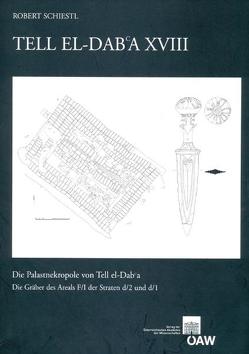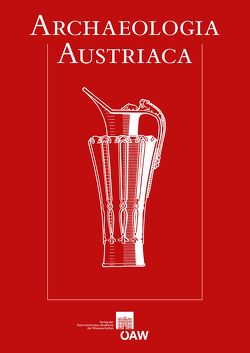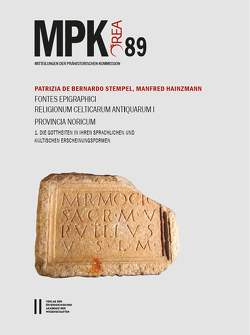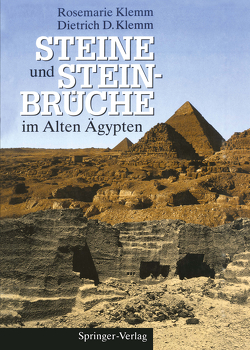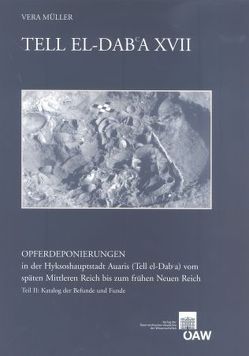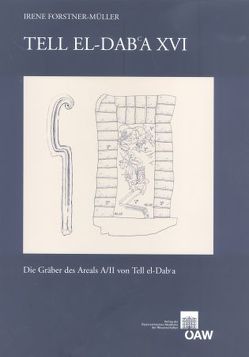Tell el Dab`a XVIII
Die Palastnekropolen von Tell el-Dab`a Die Gräber des Areals F/1 der Straten d/2 und d/1
Manfred Bietak, Robert Schiestl
Südlich eines palatialen Gebäudes des späten Mittleren Reiches (ca. 1830-1750 v. Chr.) wurde in Tell el-Dab’a, dem im nordöstlichen Nildelta gelegenen antiken hut-waret (Avaris), ein elitärer Friedhof entdeckt. Dieser sogenannten Palastnekropole des Areals F/I ging ein älterer Friedhof voran, die im vorliegenden Band gemeinsam präsentiert werden. In diesen Friedhöfen, den ältesten, die bis dato in Tell el-Dab’a ausgegraben wurden, ist eine ägyptisierte vorderasiatische Bevölkerungsgruppe bestattet. Alle Aspekte der funerären Kultur – von der Grabarchitektur bis zu den Beigaben – werden im Spannungsfeld zwischen ägyptischer und syrisch-palästinensischer Kultur betrachtet. Die teilweise noch erhaltenen Reste von Graboberbauten mit darin deponierten Gaben erlauben eine Rekonstruktion der gesamten Grabkomplexe und der mit ihnen assoziierten Opferhandlungen. Die zum Teil sehr reich ausgestatteten Grabanlagen boten eine Reihe außergewöhnlicher Funde, unter denen die monumentale Grabstatue eines asiatischen Mannes und ein vermutlich ägäischer goldener Schmuckanhänger mit Hundedarstellungen zu den bemerkenswertesten zählen. Das Buch ist in zwei Teile gegliedert: Teil 1, die Auswertung, bespricht das Layout des Friedhofs, die Gräber, ihre Architektur und die Beigaben. Eine historische Interpretation dieser Gemeinschaft schließt die Diskussion ab. Teil 2, der Katalog, präsentiert die Gesamtbefunde der einzelnen Grabkomplexe der beiden Friedhöfe, chronologisch getrennt. Mit 437 im Text verteilten Abbildungen und 30 Fototafeln ist der Band reich bebildert.
…
An elite cemetery of the late Middle Kingdom (approximately 1830-1750 B.C.) was found south of a palatial building at Tell el-Dab’a, the ancient city of hutwaret (Avaris) in the north-eastern Nile Delta,. This so-called palace-necropolis of the area F/I was preceded by an older cemetery, both of which are jointly presented in this volume. In these cemeteries, the oldest uncovered to date in Tell el-Dab´a, an Egyptianized Near Eastern population was buried. All aspects of funerary culture – from the tomb architecture to the tomb furnishings and offerings – are discussed and contextualized both in regard to Egyptian and to Syro-Palestinian culture. The partial remains of superstructures and the deposited goods contained therein permit a reconstruction of the whole tomb complex and the offering rituals associated with them. Some of the tombs had been very richly furnished and remarkable finds were made. Among the most outstanding are the monumental statue of an Asiatic man and a presumably Aegean golden pendant showing two dogs. The book is divided into two main parts: Part 1, the analysis, discusses the layout of the cemetery, the tombs, their architecture and the finds from the tombs. A historical interpretation of this community rounds off the discussion. Part 2, the catalogue, presents the individual tomb complexes of the two cemeteries, chronologically separated. With 437 illustrations spread out through the volume and 30 plates the book is richly illustrated.







